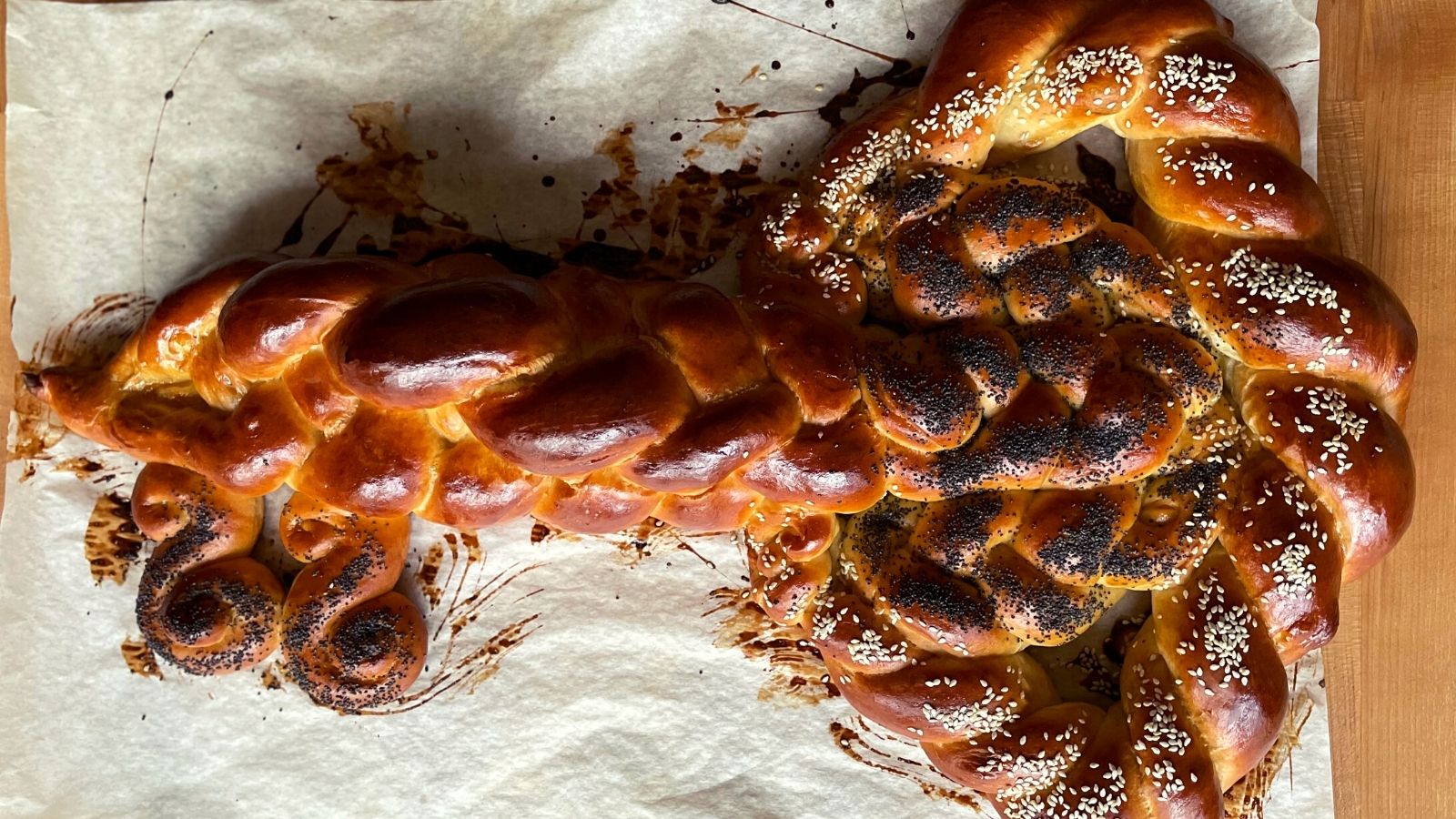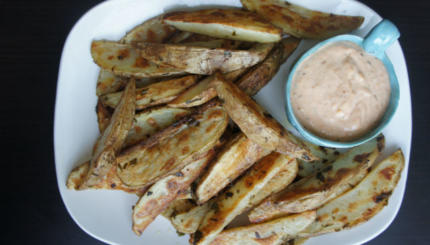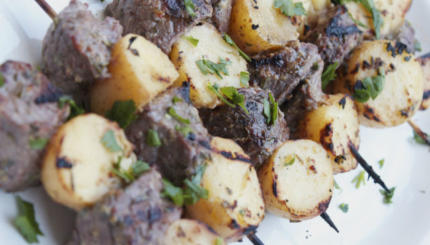A few years ago I started noticing a trend on Facebook and Instagram: key-shaped loaves of baked the after Passover. As I scrolled and read and researched, I came to learn that this trend has a name: shlissel challah, or key challah. Shlissel originates from the German word for key: shlüssel.
But this practice may not be a Jewish one. It has pagan and — gasp — Christian origins, according to several sources.
The reason for shaping challah like a key? The original practice was to actually bake a key inside the challah, not dissimilar to the tradition of King Cake enjoyed during Mardi Gras when a tiny plastic baby, representing baby Jesus, is baked into a sweet cake. It is considered good luck to be the one who gets the baby in their piece of cake.
But the Jewish reason for baking a shlissel challah is for a “segulah for Parnassah,” or an omen for good fortune. Translation: Bake a shlissel challah after Passover in the hopes of secure financial status for your family.
The Nosher celebrates the traditions and recipes that have brought Jews together for centuries. Donate today to keep The Nosher's stories and recipes accessible to all.
The tradition of baking a shlissel challah dates back many hundreds of years and is a more well-known custom in religious communities. But with the advent of social media, especially challah bakers’ popularity on Instagram, the tradition has caught on well beyond Orthodox Jewish circles.
If you do a quick search for #shlisselchallah on Instagram, you will discover thousands of posts. In a recent discussion on the “Kveller Moms” Facebook group, many Jewish women shared that while they aren’t religious, they like participating in this tradition for a variety of reasons: They already love baking challah and this is a fun challenge; some say it makes them feel connected to others; or they simply use the opportunity to share challah with their friends and family as an act of lovingkindness. We could all use a little bit of that, right?
Of course, like most things in Judaism, not everybody agrees. I personally find it a bit at odds with Judaism to wish and pray for specific things like financial success, and to do so by baking a special challah — I’m more used to relying on our actions to reap good fortune. And I’m not the only one who feels uncomfortable with the practice. In this piece by Noam Sienna in The Forward, he shares:
It’s true that some rabbis opposed (and still oppose) the custom of shlisl khale as a meaningless superstition, possibly even derived from non-Jewish custom. (Many European traditions serve an elaborate Easter bread around this time of year, commonly marked with a cross.) Others decry the practice of hoping for a segulah (omen) to open the gates of parnasa instead of working for it ourselves.
But Sienna goes on to write why the practice is meaningful for her. “I’m putting a key on my challah this Shabbat to remind myself of that moment, that first communal moment where we stopped waiting for bread to fall from the skies and started making it ourselves — and perhaps to remind myself that the keys to those gates may be in my hands.”
If you’d like to try your own hand at baking a shlissel challah this Shabbat, watch this beautiful video from Cheryl Holbert of Nomad Bakery on our instagram page:




